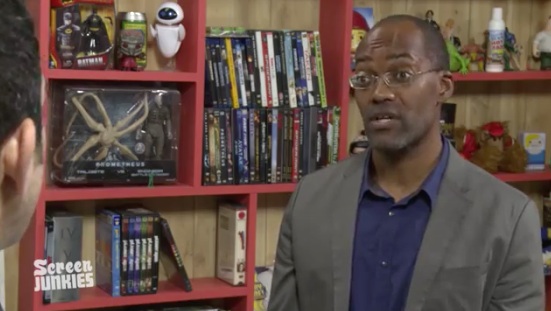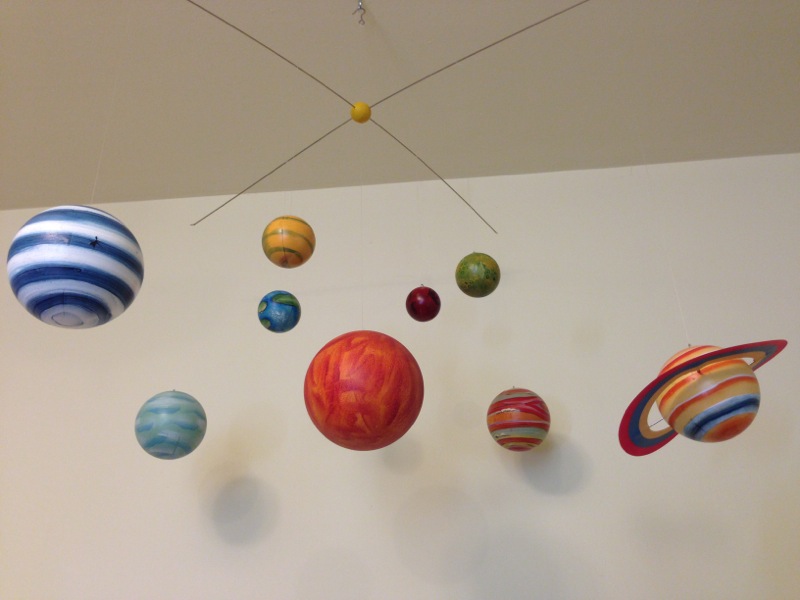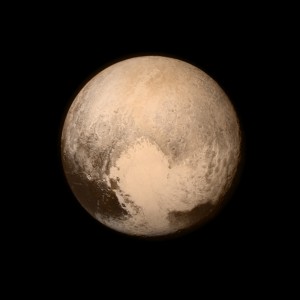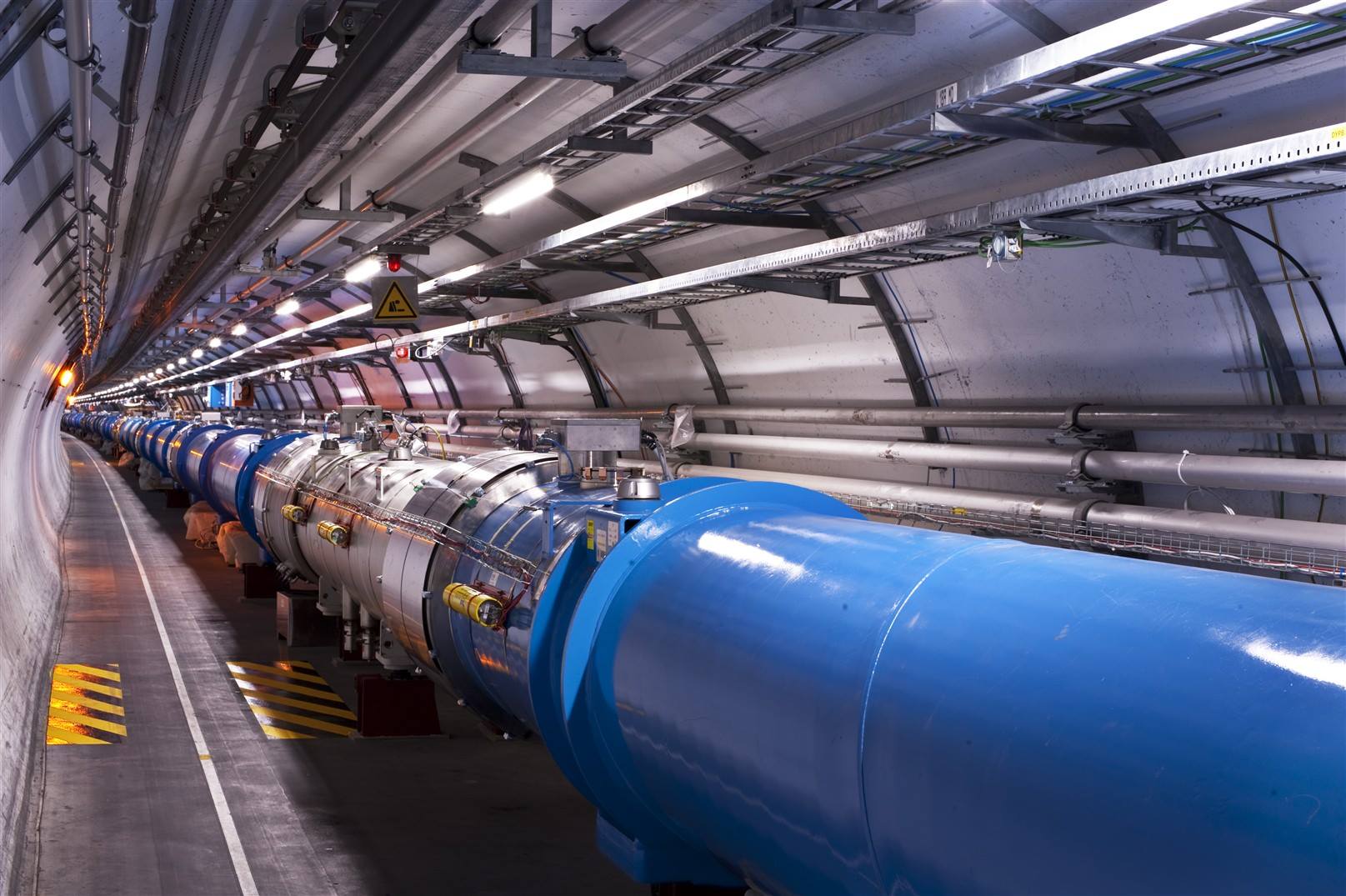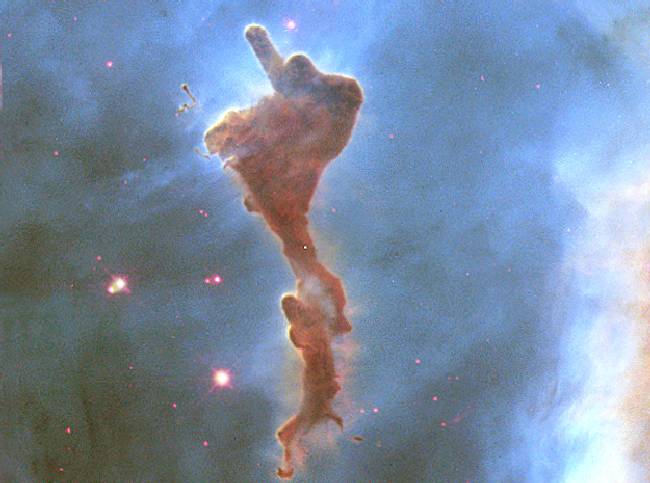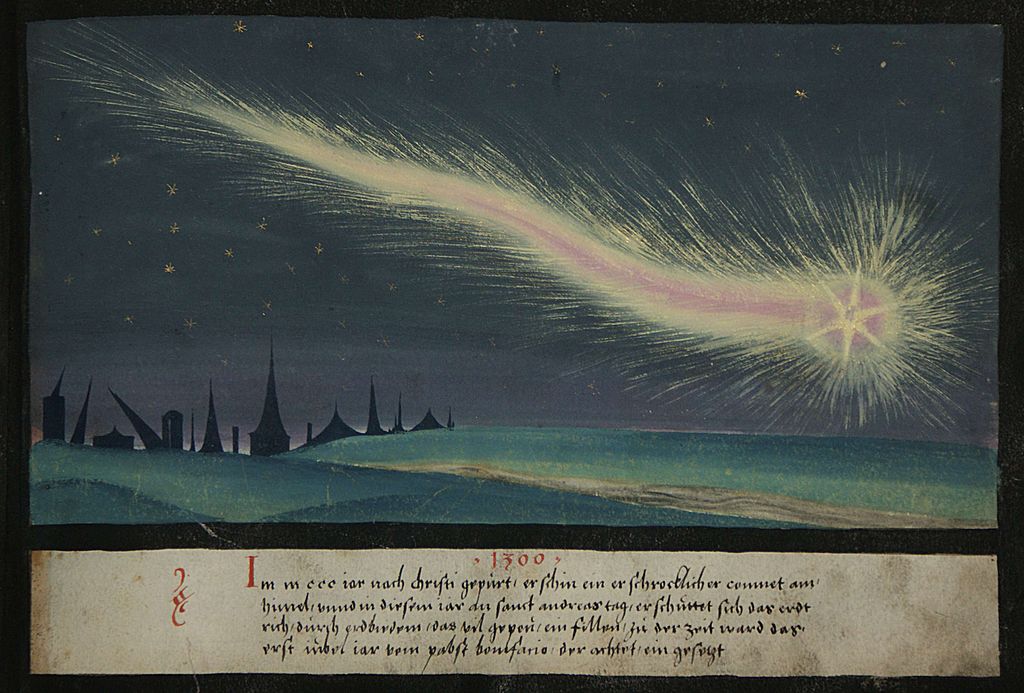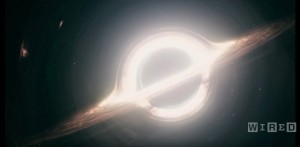After emerging from a spectacular 70mm viewing of Interstellar at the Arclight Dome last night, I was grinning from ear to ear, which is unusual these days after seeing a film in this subject area (science fiction, space travel, the future of humanity, etc). (And by science fiction here I mean proper science fiction, not space opera or space adventure. There’s a lot of that and some of it is fun and makes me grin too, like this Summer’s Guardians of the Galaxy. But that’s not at all the same sort of thing.)
I’m not going to go into any details, since I am very tired of the practice of talking about films to the extent that you say so much of what happens that it is impossible for someone to enjoy watching the film unfold in front of them without knowing what comes next, the way I like my films best. So I’m not going to ruin things for you.
Everybody keeps asking me “what did you think of the science?” since they know that there’s a lot of stuff in there that relates to my subject area and interests. Many seem to want me to pronounce on what’s “good” and whats “bad” about the science, as though I’ve (like many scientists in the public sphere seem to have done) elected myself some sort of guardian of scientific ideas. Let me say two things. The first is that this is a science fiction film, not a science documentary. I’m already hearing all sort of humourless declarations about this and that and the other being wrong and how shameful it is, as happened with Gravity last year. Done right, such discussions can be an opportunity to teach a bit about science ideas, but most often it just comes across as being a smartass, which is a bit tedious, and leads me to my second point.
The second point is something I say a lot and needs to be said a lot more: Scientists don’t own science and its concepts and ideas. We should be careful […] Click to continue reading this post →
 Had to nip over to Joshua Tree National Park yesterday, for my sins.
Had to nip over to Joshua Tree National Park yesterday, for my sins. 
